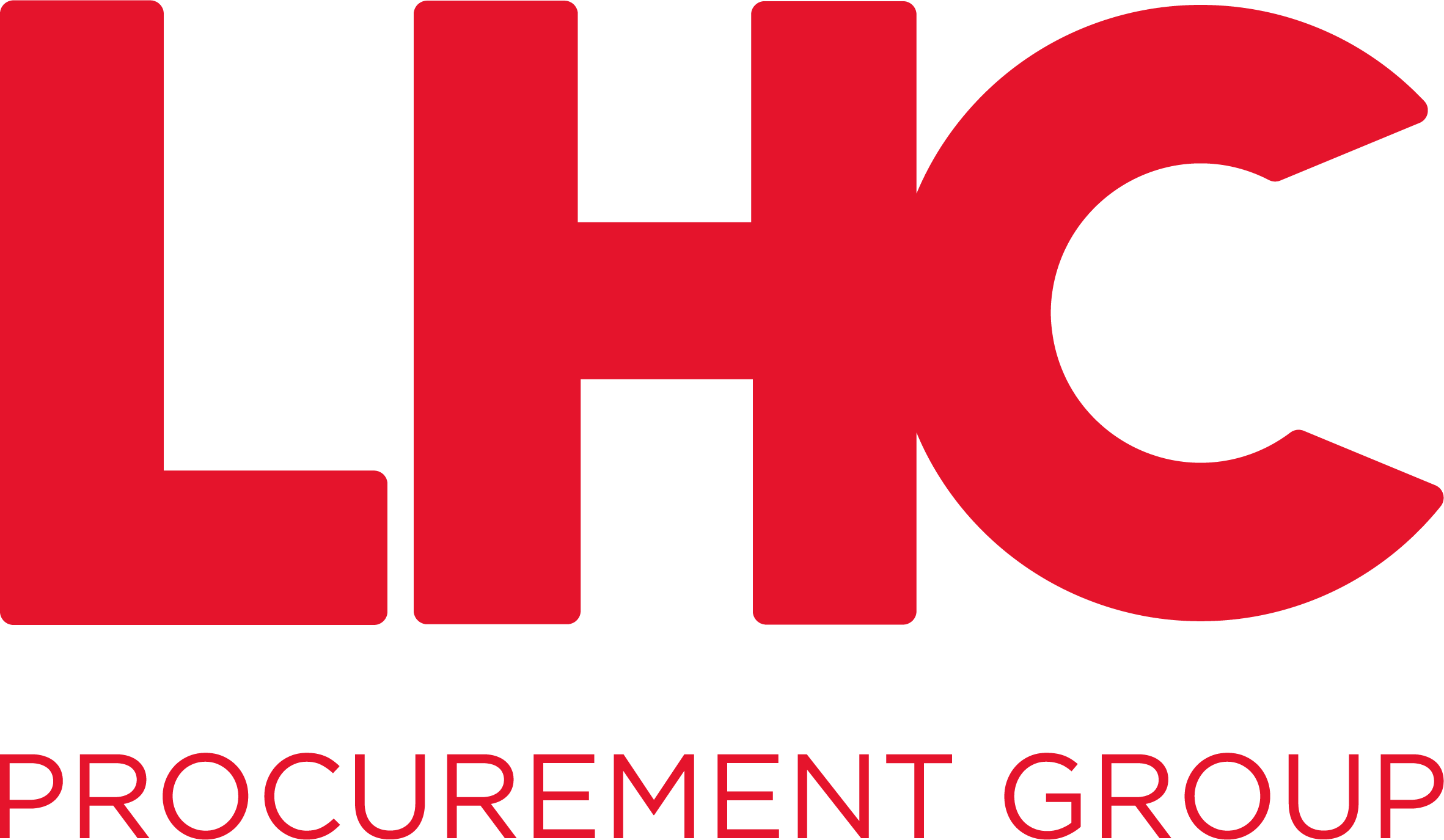12 months on: are we moving towards collaborative procurement?
Almost a year since the release of ‘Constructing the Gold Standard’ – the independent review of public sector construction frameworks – has the sector got better at collaborative procurement? Framework provider LHC’s head of technical procurement Dean Fazackerley assesses progress.
Collaboration is a term we use regularly when discussing ideal procurement practice, but with so many different parties to consider, it can be difficult to get right. Almost one year on from the release of the ‘Constructing the Gold Standard’ report, much has been done, but there is much yet to do.
It’s no secret it’s been a dizzying 12 months for procurement departments, with the government’s Transforming Public Procurement consultation response at the end of 2021 and the ‘Collaborative procurement for design and construction to support building safety’ guidance in January of this year. The Procurement Bill, currently at committee stage in Parliament, is also due to come into force in 2023.
The high-profile procurement has enjoyed has brought a gear shift in awareness of the importance of collaboration across both frameworks and projects from the outset. But public sector organisations, contractors and suppliers are also increasingly asking what it means to get it right in practice.
At its best, ‘good’ collaboration looks like framework-wide joint management, an even spread of risk and clear objective-setting from the start. It also puts in place ways to flag early warnings, resolve issues and disputes early and involves engaging up and down the supply chain at the earliest possible stage.
A positive by-product of good collaboration should be more accurate construction timescales, increased use of low carbon materials, innovative approaches and delivering social value benefits that aren’t arbitrary numbers or calculations.
With all parties to include, it can also be hard to triangulate input properly to keep all sides happy. But this is vital to prevent the good done from getting lost in the Bermuda Triangle of collaboration – a phrase Professor David Mosey coined in the ‘Constructing the Gold Standard’ report.
Constructing the Gold Standard
‘Constructing the Gold Standard’ does not call for box-ticking. It requires clients and the whole supply chain to be involved in shaping the framework strategy, procurement approach and contract management.
Long-term frameworks are a solution to a lack of collaboration because they align objectives, targets, incentives and success measures for everyone. They also make improved value and reduced risk a combined effort.
Frameworks that deliver on the benefits they promote also adopt the principle of strategic alliancing, which bakes collaboration into early supply chain engagement, contracts and construction itself.
To achieve this, clients play a pivotal role. Whether through a programme of newbuild construction or the refurbishment and maintenance of existing portfolios, a long-term and collaborative approach is crucial.
The nuts and bolts of collaboration
When looking to build collaboration into the very heart of a procurement exercise, there are some guiding principles to get right.
- Intention: Make the use of frameworks and working with framework providers a core part of the procurement strategy. This can only be achieved through early engagement – getting everyone around the table and seeking out views from all potential parties involves – well before the final tender documents are produced, or individual project competitions take place. Framework providers can support with this, acting as a middle person to help these discussions.
- Information: Research from the procurement team and discussion with the framework provider, as well as sourcing good practice examples, contractual details, and results from early supply chain engagement should all be used to develop specific objectives and generate more accurate cost estimations and timescales. This should also inform the development of the right assessment questions and criteria to promote collaboration, supporting clients to get the right contractor/s for their project or programme.
- Integration: Achieved through a standard form of contract, this will enable consistent framework procurement that also creates a direct contractual link up and down the supply chain. Framework alliancing contracts also promote better sustainability outcomes, because in working together, clients, contractors and suppliers can more easily look holistically at how to reduce carbon emissions and energy use, manage waste and promote employment and training opportunities. LHC uses the standard framework alliancing contract FAC-1, recommended within 2020’s Construction Playbook and now used across the UK in more than £90bn-worth of public sector procurement programmes.
- Incentivisation: Rather than referring to financial incentives, this applies to the promise of early dispute resolution and a guarantee of further work based on good outcomes and evidence of framework collaboration. To achieve this, framework providers and public sector organisations must provide proper support to manage the framework effectively across the supply chain. This might look like early meetings to jointly negotiate and resolve issues before expensive disputes arise via adjudication. Here, the Gold Standard also recommends a ‘Core group’ is put together to ensure unanimous decisions at the early warning stage of a dispute.
To work with LHC in creating a more collaborative public sector framework, contact your relevant regional team at https://www.lhc.gov.uk/contact-us.


